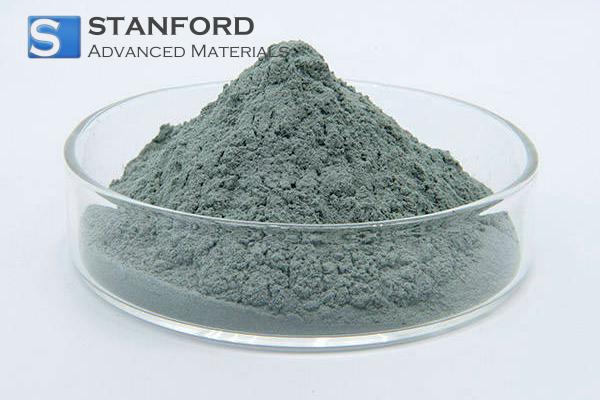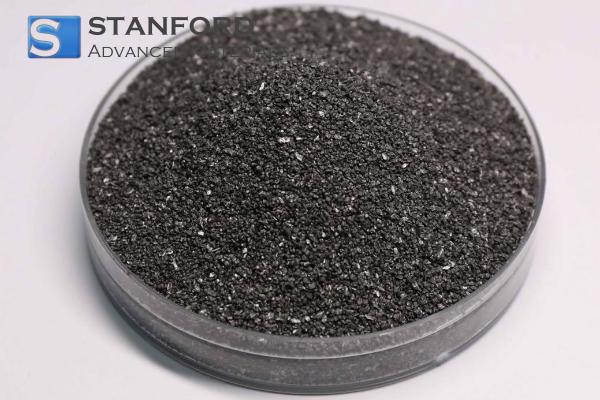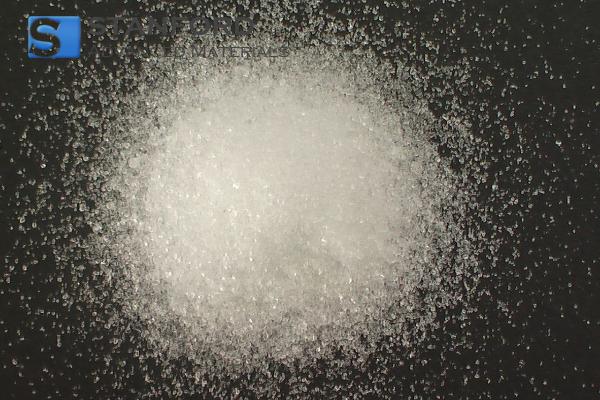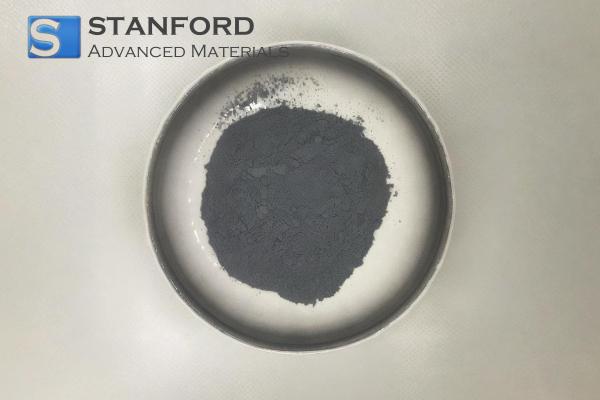Ductile-to-Brittle Transition Temperature
Description of the Transition from Ductile to Brittle
The ductile‐to‐brittle transition temperature marks the point at which materials change their behaviour from ductile to brittle. This parameter is crucial for engineering material selection.
Understanding the Ductile–Brittle Transition
The ductile‐to‐brittle transition temperature (DBTT) is a significant property of materials, particularly of metals and alloys. It specifies the temperature below which a material behaves in a brittle manner and fractures without appreciable plastic deformation.
The Significance of the DBTT in Materials Science
Understanding the DBTT is essential for engineers to ensure the reliability and safety of structures and components when they are subjected to varying temperature conditions.
Calculation of the Transition Temperature
Calculation of the DBTT involves analysing the response of a material under loads at different temperatures. The transition is frequently determined using standardised testing procedures.
- Charpy impact test: Measures the energy absorbed by a material during fracture.
- Fracture toughness test: Evaluates the resistance of a material to crack propagation.
- Dynamic tear test: Assesses the behaviour of the material under dynamic loading conditions.
Curves Illustrating the Transition
The DBTT is usually represented by temperature‐dependent fracture toughness curves that display the relationship between temperature and the material’s capacity to absorb energy before fracturing.
- Transition region: The temperature range in which the material changes from ductile to brittle behaviour.
- Upper shelf: The region in which the material exhibits high toughness and ductility.
- Lower shelf: The region in which the material behaves in a brittle manner with low toughness.
Examples of Metals and Alloys
Different metals and alloys possess varying DBTTs depending on their composition and microstructure.
Steel Alloys
- Low‐carbon steels: Generally exhibit a lower DBTT, which results in more ductile behaviour.
- High‐carbon steels: Typically have a higher DBTT due to increased hardness and strength.
Aluminium Alloys
Aluminium alloys typically demonstrate a lower DBTT and retain ductility over a wide temperature range, thereby making them suitable for applications that require lightweight and reliable materials.
Titanium Alloys
Titanium alloys possess a DBTT that is influenced by the alloying elements. They offer a balanced combination of strength and ductility for aerospace applications.
Table of Ductile–Brittle Transition Temperatures
|
Material |
Ductile–Brittle Transition Temperature (DBTT) |
|
Low‐carbon steel (A36) |
-10°C to -40°C |
|
Medium‐carbon steel |
-20°C to -50°C |
|
High‐carbon steel |
-50°C to -100°C |
|
Low‐alloy steel |
-30°C to -50°C |
|
Stainless steel (304) |
-200°C to -300°C |
|
Stainless steel (430) |
0°C to -50°C |
|
Nickel |
-100°C to -150°C |
|
Aluminium (Al) |
-150°C to -200°C |
|
-300°C to -400°C |
|
|
Copper (Cu) |
No distinct DBTT |
|
~300°C |
|
|
-50°C to -150°C |
|
|
Polyethylene (PE) |
-70°C to -90°C |
|
Polycarbonate (PC) |
-100°C to -150°C |
|
Polytetrafluoroethylene (PTFE) |
-150°C to -200°C |
|
Polypropylene (PP) |
-10°C to -50°C |
For further information, please refer to Stanford Advanced Materials (SAM).
Frequently Asked Questions
What is the ductile‐to‐brittle transition temperature?
This is the temperature below which a material becomes brittle and fractures without significant plastic deformation.
Why is the DBTT important in engineering?
The DBTT assists engineers in selecting materials for applications that are subjected to varying temperature conditions, thereby ensuring safety and reliability.
How is the DBTT measured?
The DBTT is typically measured using impact tests, such as the Charpy or Izod tests, which determine the energy absorbed during fracture.
Can alloying elements influence the DBTT?
Yes, the addition of alloying elements can either increase or decrease the DBTT, depending on their effect on the material’s microstructure.
Which metals have the lowest DBTT?
Metals such as aluminium and copper alloys generally exhibit a lower DBTT and maintain ductility over an extended temperature range.

 Bars
Bars
 Beads & Spheres
Beads & Spheres
 Bolts & Nuts
Bolts & Nuts
 Crucibles
Crucibles
 Discs
Discs
 Fibers & Fabrics
Fibers & Fabrics
 Films
Films
 Flake
Flake
 Foams
Foams
 Foil
Foil
 Granules
Granules
 Honeycombs
Honeycombs
 Ink
Ink
 Laminate
Laminate
 Lumps
Lumps
 Meshes
Meshes
 Metallised Film
Metallised Film
 Plate
Plate
 Powders
Powders
 Rod
Rod
 Sheets
Sheets
 Single Crystals
Single Crystals
 Sputtering Target
Sputtering Target
 Tubes
Tubes
 Washer
Washer
 Wires
Wires
 Converters & Calculators
Converters & Calculators
 Write for Us
Write for Us





 Chin Trento
Chin Trento



